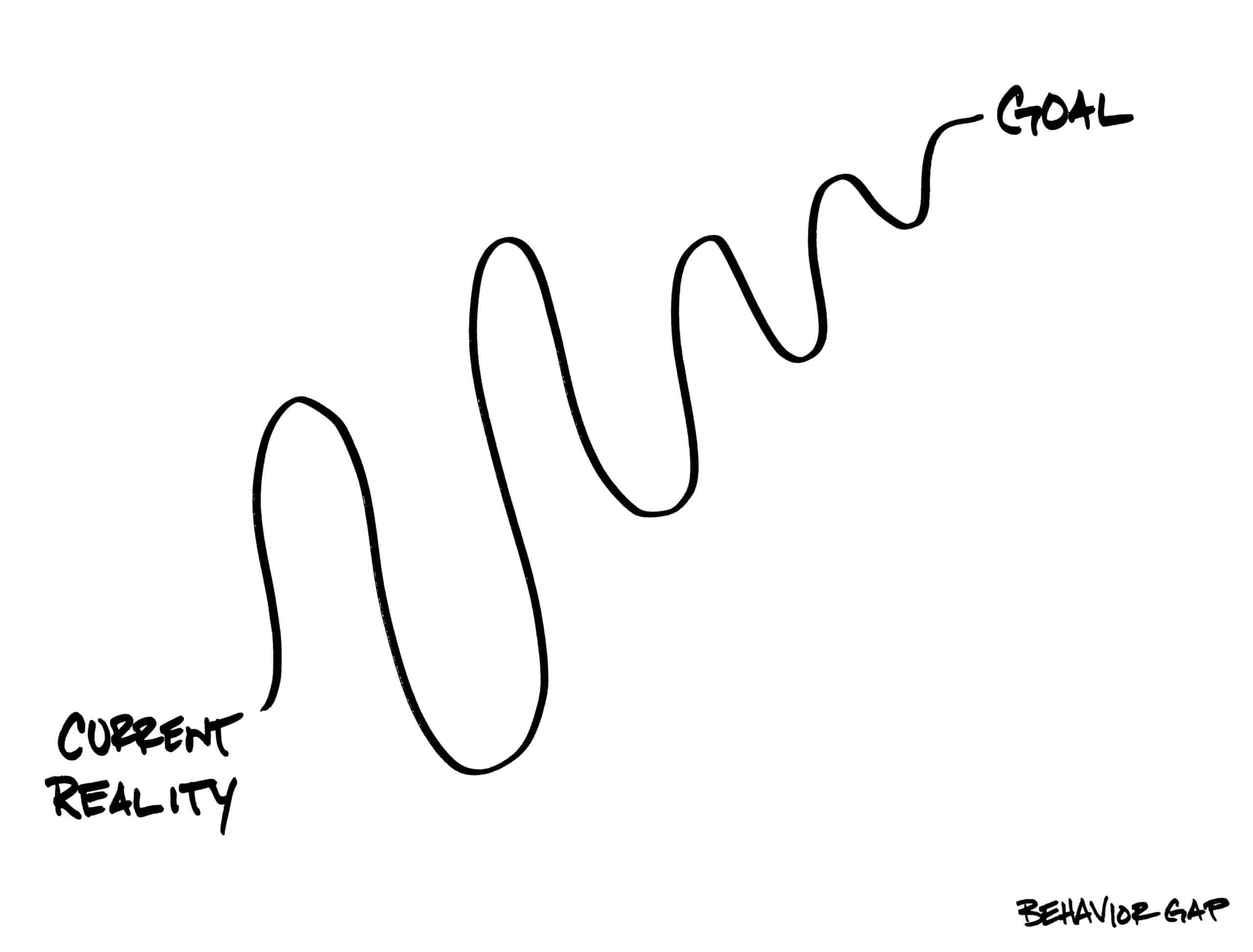Welcome back to our weekly market recap. Let’s get to it.
This past week the S&P 500 was down 2.15%, which brings us down 8.45% year-to-date. The Nasdaq was down 2.63%, which brings us down 15.67% year-to-date.
The real market mover on everyone’s mind is inflation. Both the CPI (Consumer Price Index) and the PPI (Producer Price Index) came out this week, and we need to talk about it.
CPI (Consumer Price Index) Reading:
The market expected a horrible reading—both headline, and month-over-month—due to the Russian war in Ukraine. The headline number was 8.5% inflation over the past year, and the month-over-month was 1.2% inflation. Both numbers are about the worst we have seen in 40+ years. The economists slightly missed; they expected 8.5% inflation for the past year, but “only” 1.1% month-over-month inflation for March. Not a lot of good news in headline inflation, but the reality is the market was ready for bad news, and the real area of focus is core inflation.
Core Inflation is inflation minus food and energy costs. Here we had some of the best inflation-related news in a while. Core inflation came in at 0.3%, lower than the expected 0.5%. Taking a closer look at the categories is the most rewarding aspect of a decrease in core inflation.
Transitory, remember that word Jerome Powell kept using? There may be evidence that it is true. Used cars and trucks, a major leader over the past year, is now undergoing deflation, down 3.8% month-over-month. This massive move helped to anchor us lower.
Other items like TVs and audio equipment are down over 2%. Smart phones were down 4% in March. These could be indications that supply-chain constraints felt during Covid have begun to normalize. As more supply enters the market, the spikes in prices caused by lack of supply are dropping again. If this trend continues, it would be the best signal for the economy, and hopefully allow us to avoid recession.
Another important highlight of the reading is its influence on the Federal Reserve: when the FED meet next in early May, they may be led to continue with 0.25% increases instead of 0.5%. If the FED can continue to be slow and steady rather than needing to surprise the market, for equities this is a much more positive sign.
PPI (Producer Price Index) Reading:
Not even a full day later, the producer price index for March 2022 came out, and the positive momentum quickly stalled. Economists expected a 1.1% producer price index increase in the month of March. We had a bad beat of a 1.4% increase (annualized to 16.8%). That number is worse than expected.
There is trepidation about the producer price index, because some view it as a leading indicator of inflation on its way. The PPI measure is new—it started back in 2010. This is the highest value since the producer price index was first tracked.
Overall Summary:
Usually, the FED’s policies take into account all economic data, weighing the consumer side more heavily. As we get closer to early May, it is hard to know if the FED is leaning towards 0.25% or 0.5%. After Tuesday and the CPI reading, it felt likely that the FED could stick with 0.25%. Then Wednesday’s PPI reading made it all opaque again. We will continue to monitor the FED, the conflict in Ukraine and the new rising cases in China, as all three are the biggest uncertainties and current movers in the market.
Sincerely,

| Knight Colman, CFP®
In Service of Client Financial Flows and Planning at Colman Knight |

